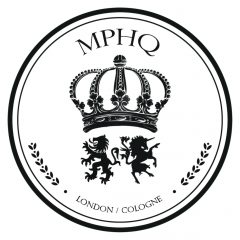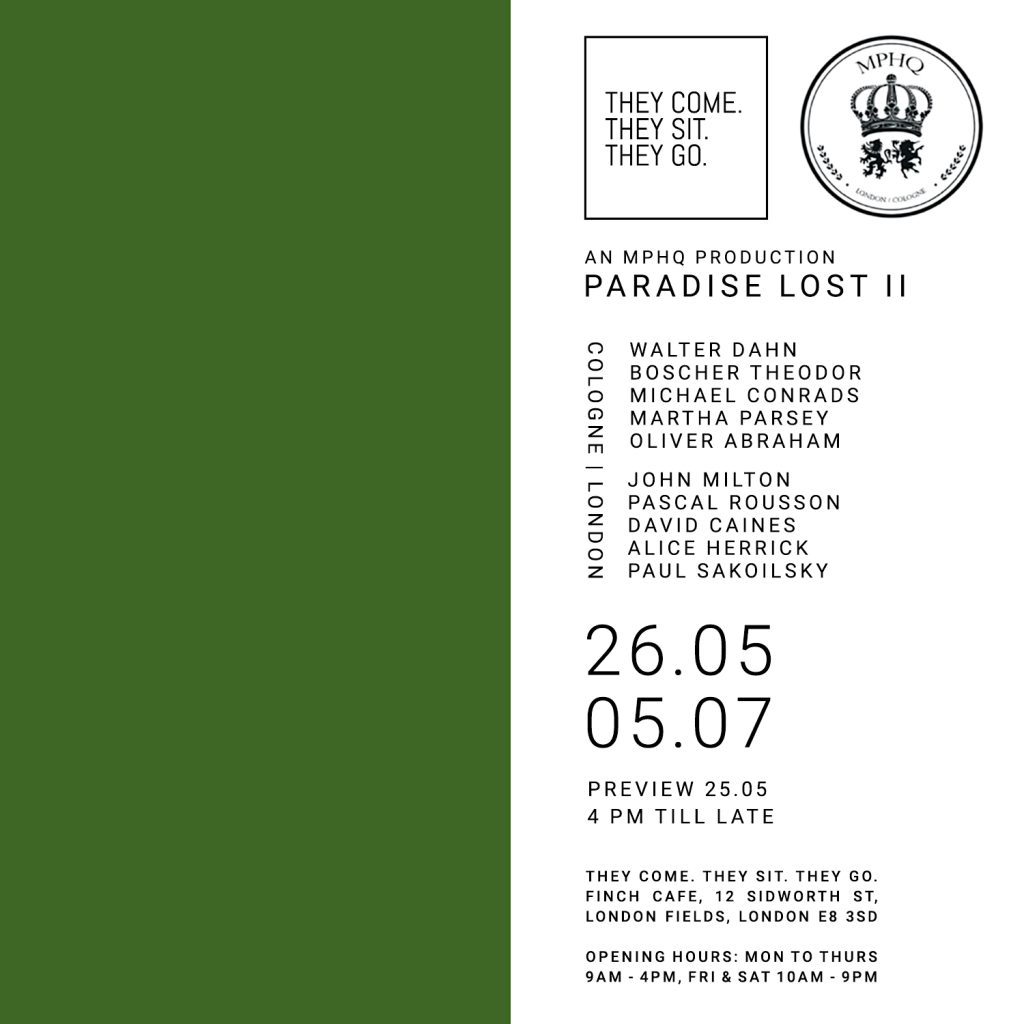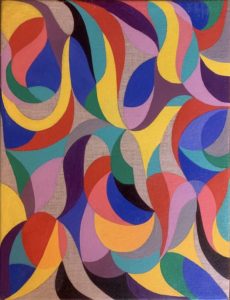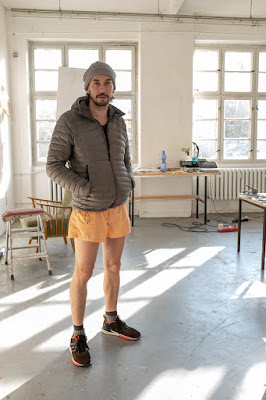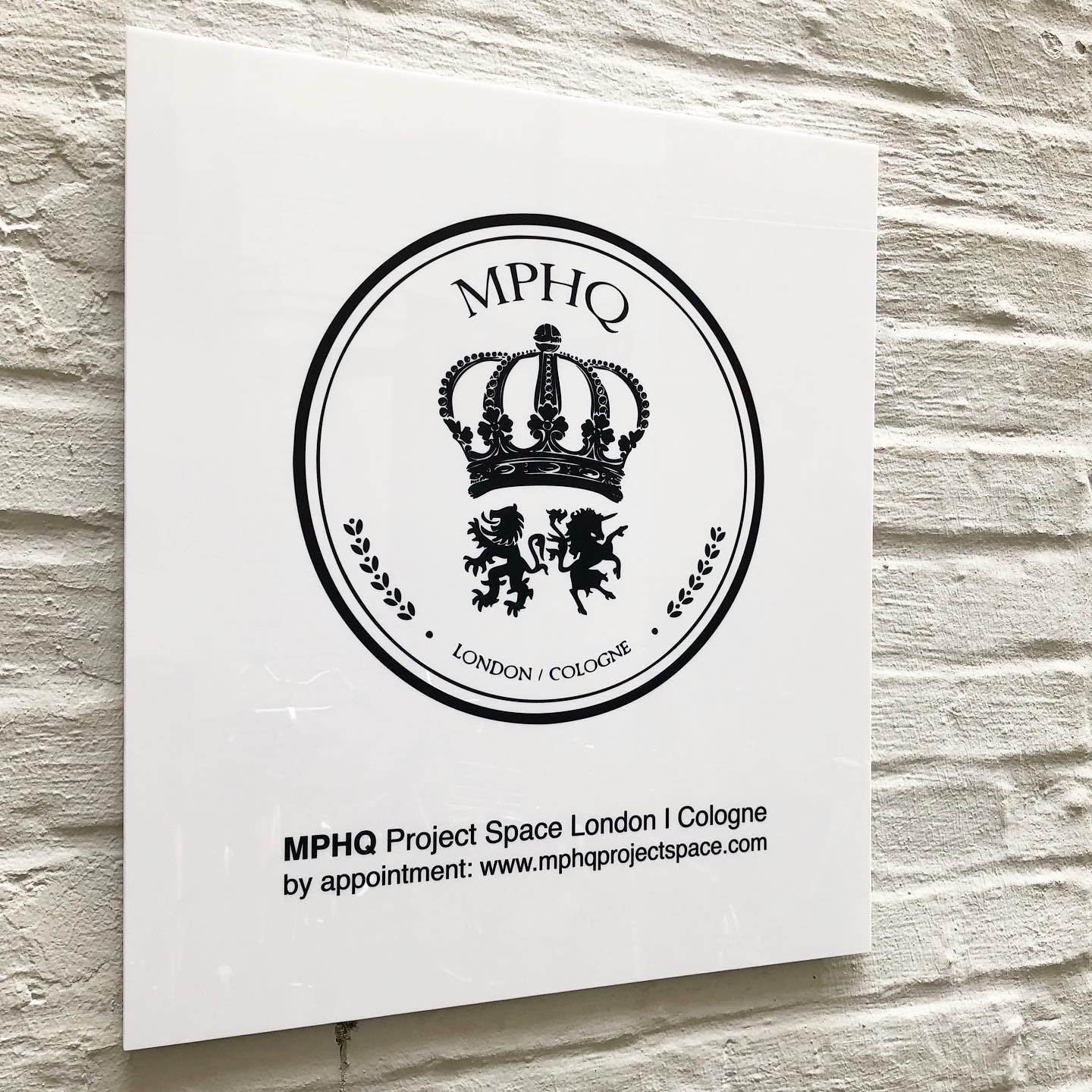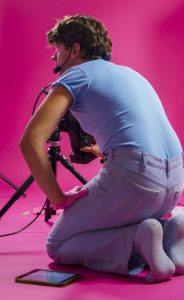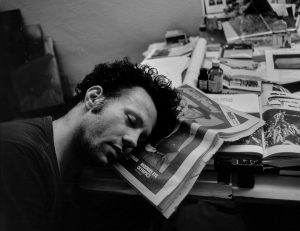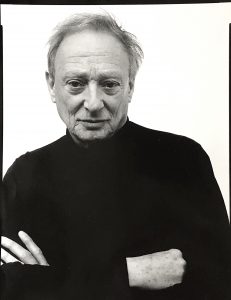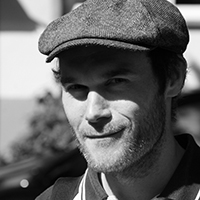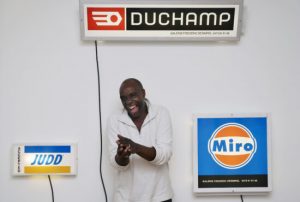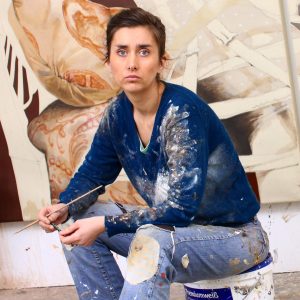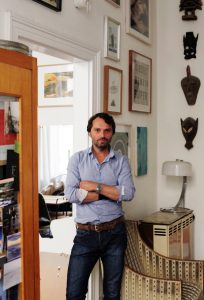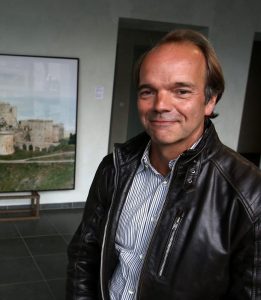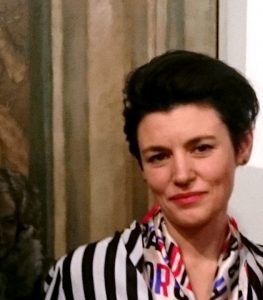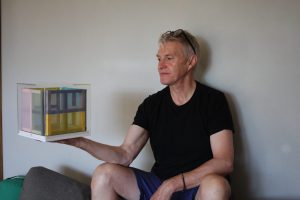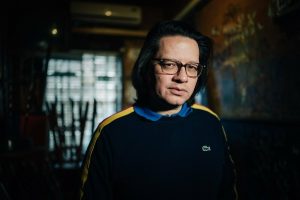Currently in post-production on the film BACON’S HISTORIES; Study for a Portrait, a 60 minute film shot in Greece, London, Paris, Spain, South Africa, Egypt and Germany. An extended trailer for BACON’S HISTORIES: Study for a Portrait can be viewed here:
Author: admin
SHAKESPEARE’S GHOST
MPHQ Pictures is currently in post-production on SHAKESPEARE’S GHOST, a cinematic conversation between Ken McMullen and Martha Parsey on the enduring influence of Shakespeare, based on Ken McMullen’s film ‘Hamlet Within’ and upcoming film on King Lear ‘Head of State’.
The trailer can be viewed here:
Recut MODEL AND ARTIST: Henrietta Moraes and Francis Bacon
A recut of the film ‘Model and Artist; Henrietta Moraes and Francis Bacon’.
Meeting Francis Bacon in London’s Soho of the 1960s, Henrietta Moraes (1931-1999) became a close friend of Bacon’s and his most frequently painted female subject. In interview at Bacon’s exhibition of small portraits at the Marlborough Gallery, London, Henrietta describes her relationship to Francis Bacon, intercut with Francis Bacon in interview with David ; a final dialogue between model and artist.
The film can be viewed here:
Paradise Lost II
MPHQ in London at They Come. They Sit. They Go
https://theycometheysittheygo.co.uk
In June 1891 Paul Gauguin landed in Tahiti with a romantic image of an untouched paradise. After six years settled on the island, and crippled by self-doubt and unable to paint for six months, Gauguin vowed to paint his final masterpiece, his last work, inscribed with the questions: ‘D’où venons-nous? Que sommes-nous? Où allons-nous’ I ‘Where do we come from? What are we? Where are we going?
In September 2022 MPHQ Project Space Cologne I London presented the exhibition Paradise Lost in Cologne. With the title taken from John Milton’s 1667 epic poem, Paradise Lost gave artists the scope to approach and explore the questions Gauguin had posed in the 19th century: How artists reflect on the changing world around them and maintain dialogue in a time of crisis.
Paradise Lost II in London presents 5 artists from Cologne and 5 artists from London to further ensure the exchange between artists and gallery spaces in the UK and the EU and to explore the questions we pose and the answers we seek as the flood of images force the artist to question their role as image and social commentary provider, that emphasises the ongoing importance of artistic endeavour and cultural exchange in a rapidly changing world.
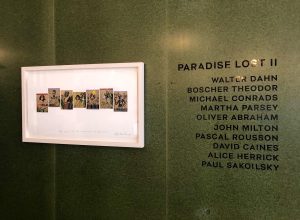
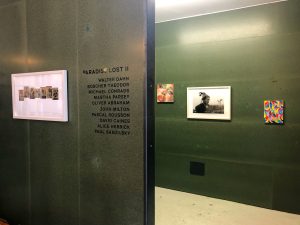
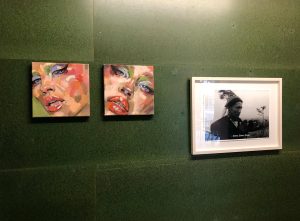
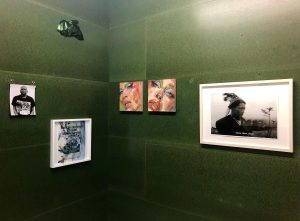
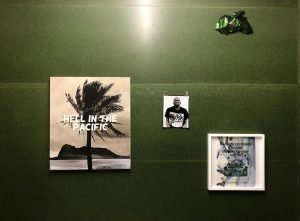
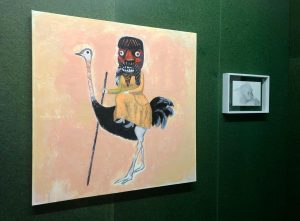
MPHQ Pictures
MPHQ Pictures is an independent film production company focusing on art cinema, currently in post- production on the following films:
BACON’S HISTORIES: Study for a Portrait
MPHQ is currently in post-production on the film BACON’S HISTORIES; Study for a Portrait, a 60 minute cinematic art work, shot in Greece, London, Paris, Spain, Egypt, South Africa and Germany.
The final film in Martha Parsey’s Francis Bacon trilogy explores the influence of the Histories, namely the Greek dramas, Egyptian sculpture, and poetry and literature on Francis Bacon’s painting; both in his style and choice of subject matter. The film is underscored by previously unpublished interviews with Francis Bacon discussing at length the influence of the Greeks and Egyptians, as well as the influence of the poets T.S Eliot and the work of Shakespeare.
SHAKESPEARE’S GHOST
MPHQ is currently in post-production on the film SHAKESPEARE’S GHOST, a 20 minute cinematic conversation between Ken McMullen and Martha Parsey on the enduring influence of Shakespeare, based on Ken McMullen’s film Hamlet Within and his upcoming film on King Lear Head of State. Shot in Greece. Language: English.
Recut of Model and Artist; Henrietta Moraes and Francis Bacon
Michael Conrads
Michael Conrads is an artist who divides his time between Germany and Mexico. Known for his geometric abstract painting he has recently been exploring new directions in his painting, sculpture and ceramics during a residency in Mexico. Michael is represented by Produzentengalerie Hamburg.
a
Hamlet Within
An Exhibition of Cinematic Art
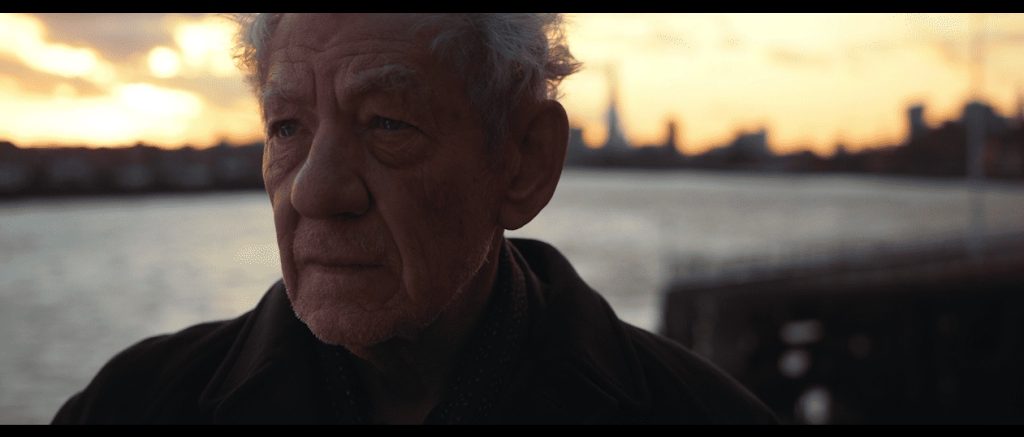
15th April- 30th April 2023
Opening screening Saturday 15th April
MPHQ Project Space presents the first gallery screening as a motion picture artwork of Ken McMullen’s ‘Hamlet Within’ starring Ian McKellen, John Shrapnel, Ben Turner, Lex Shrapnel, Gabriella Wright, Jacques Derrida, Dominique Pinon and Martha Parsey. Written and Directed by Ken McMullen. Produced by Art Cinema, Scape Productions and Twenty One Productions. The film is in English, German, French, Mandarin, Italian and Russian with English subtitles.
Hamlet Within is a radical cinematic investigation into the myth of Hamlet, its origins and its enduring appeal across cultures and systems of beliefs. Drawing on post-modernist movements in Art, History, Philosophy and Psychoanalysis the work asks the question ‘why Hamlet?’ and indeed ‘why now?’.
German / Deutsch: MPHQ Project Space präsentiert die erste Galerieaufführung als Filmkunstwerk Deutschlandpremiere von Ken McMullens “Hamlet Within” mit Ian McKellen, John Shrapnel, Ben Turner, Lex Shrapnel, Gabriella Wright, Jacques Derrida, Dominique Pinon und Martha Parsey. Buch und Regie: Ken McMullen. Produziert von Art Cinema, Scape Productions und Twenty One Productions. Der Film ist in Englisch, Deutsch, Französisch, Mandarin, Italienisch und Russisch mit englischen Untertiteln.
Hamlet Within ist eine radikale filmische Untersuchung des Hamlet-Mythos, seiner Ursprünge und seiner anhaltenden Anziehungskraft über Kulturen und Glaubenssysteme hinweg. Unter Rückgriff auf postmoderne Bewegungen in Kunst, Geschichte, Philosophie und Psychoanalyse stellt das Werk die Frage “Warum Hamlet?” und in der Tat “Warum jetzt?
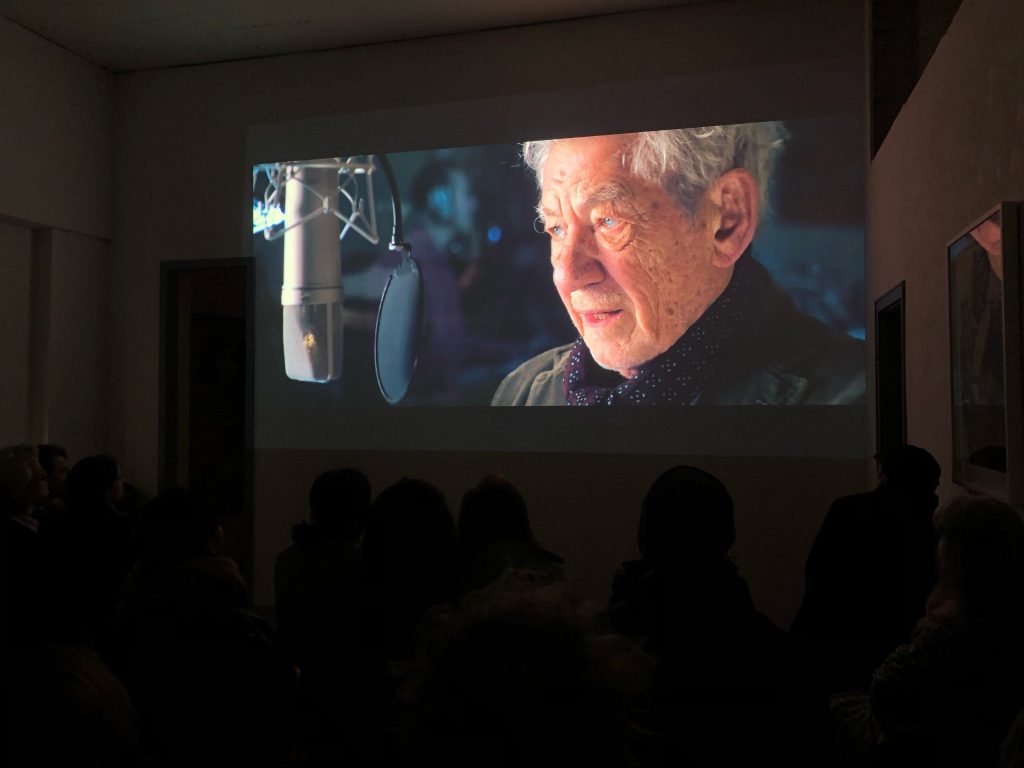
Press release ‘Hamlet Within’:
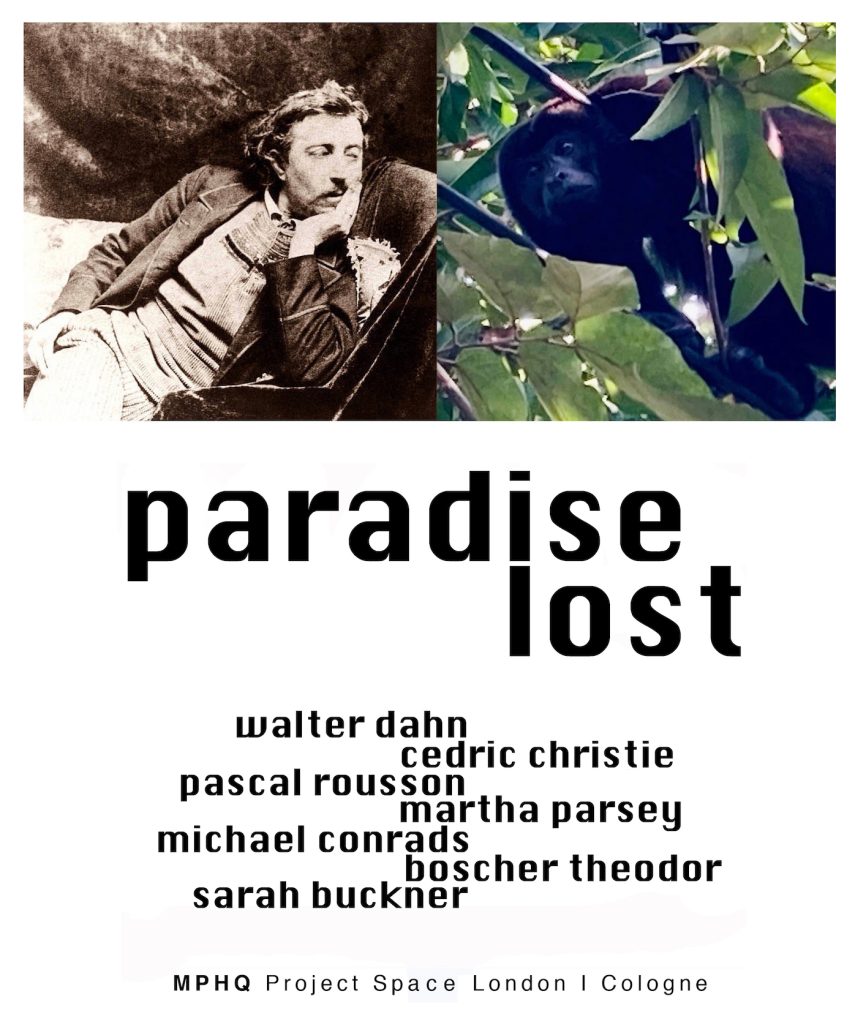
In June 1891 Paul Gauguin landed in Tahiti with a romantic image of an untouched paradise. After six years settled on the island, and crippled by self-doubt and unable to paint for six months, Gauguin vowed to paint his final masterpiece, inscribed with the questions:
D’où venons-nous? Que sommes-nous? Où allons-nous?
Where do we come from? What are we? Where are we going?


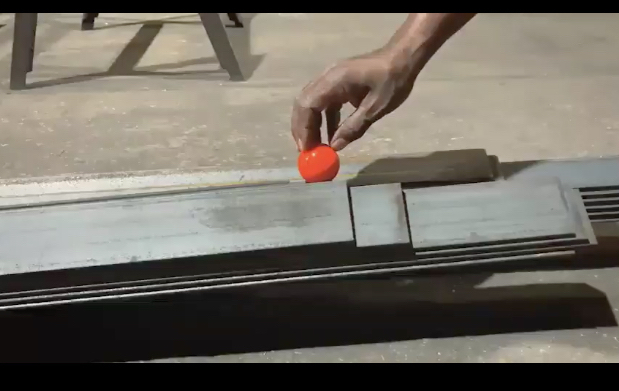
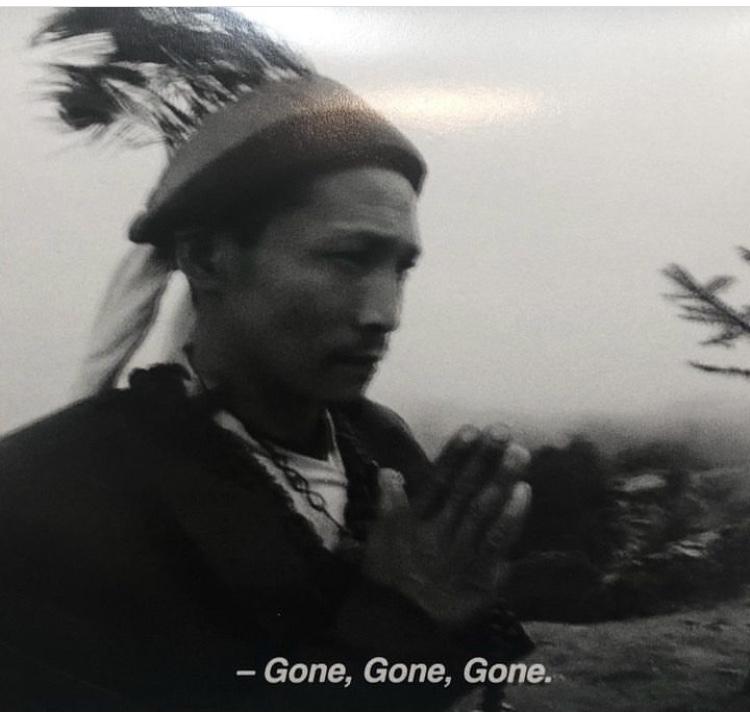
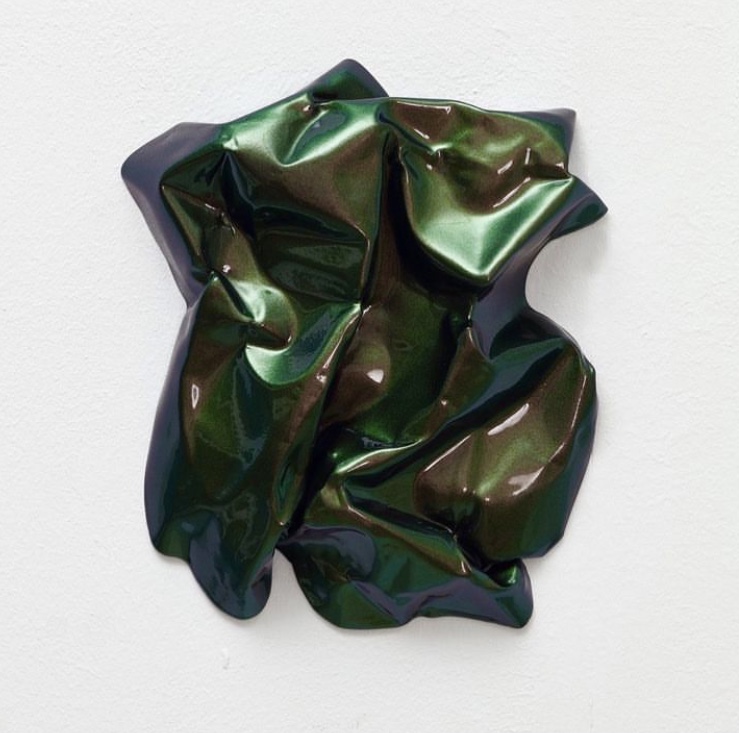

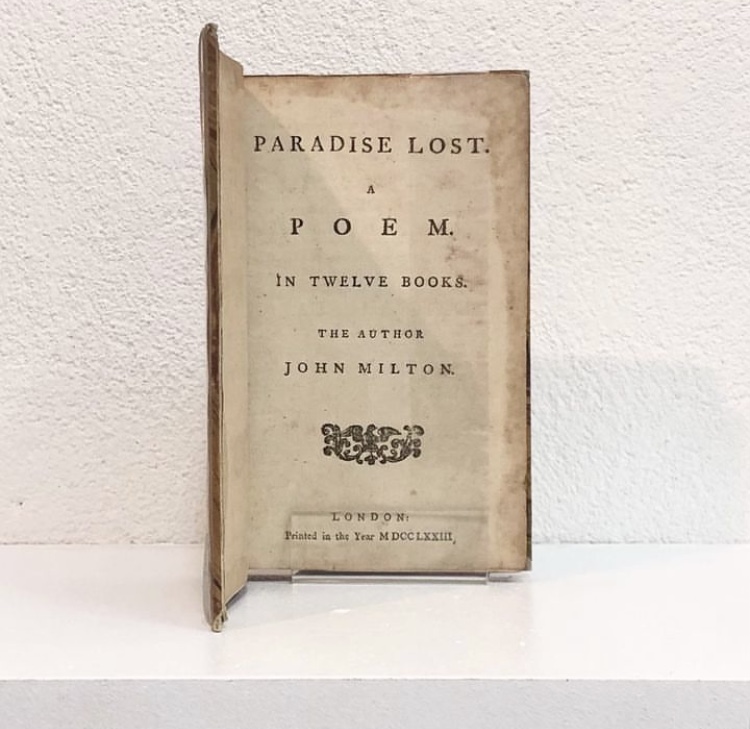
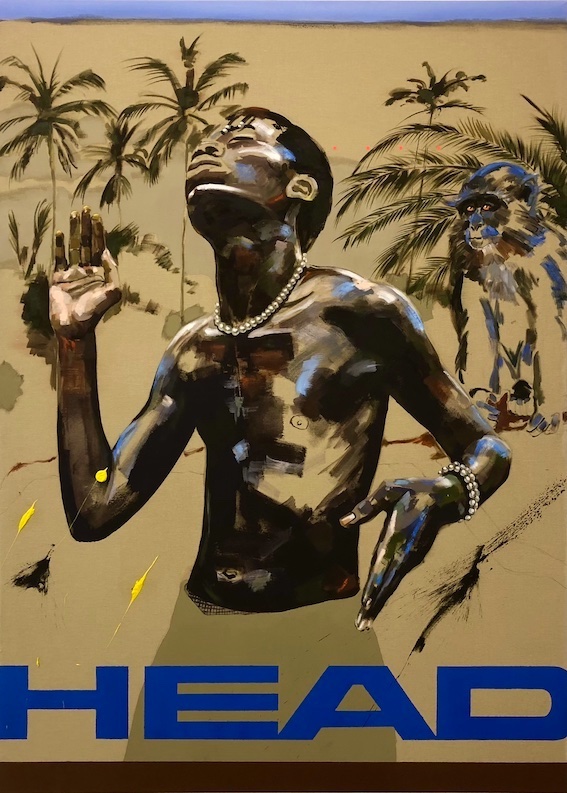
The press release for the exhibition with all available work can be downloaded here:
All enquiries please contact us by email on info@mphqprojectspace.com
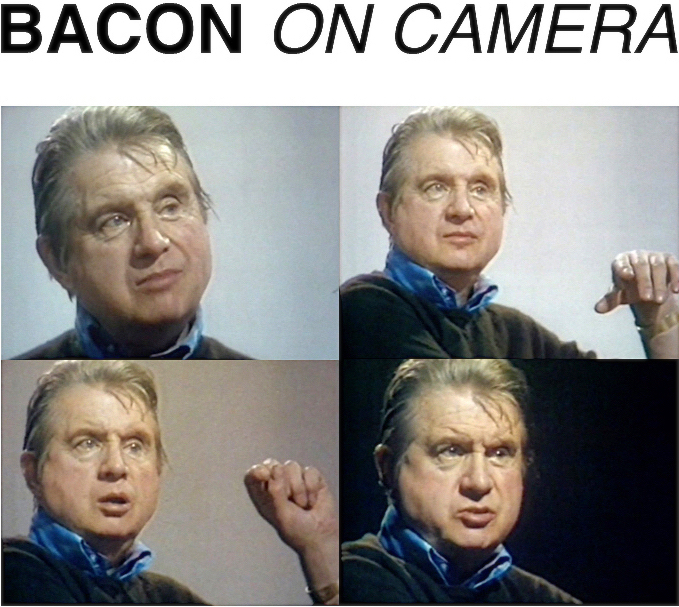
To mark the 30 years since Francis Bacon’s death on 28th April 1992, this exhibition BACON ON CAMERA presents two films by Martha Parsey, ‘Model and Artist; Henrietta Moraes and Francis Bacon’ and ‘Francis Bacon in Paris’.
Both films have previously been screened in major Bacon exhibitions at the Centre Pompidou, Paris, the Haus der Kunst, Munich, the Hayward Gallery, London and at Ordovas Gallery, New York.
The exhibition runs from March 29th- May 21st 2022 and kicks off with an online exhibition with further screenings, seminars and artist’s talks to follow at MPHQ through the duration of the exhibition.
Model and Artist; Henrietta Moraes and Francis Bacon
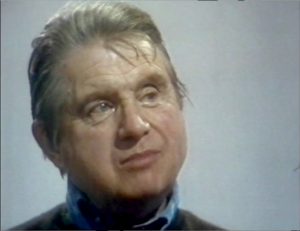
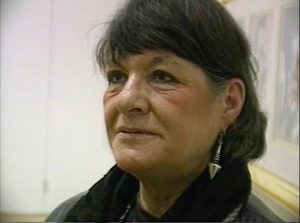
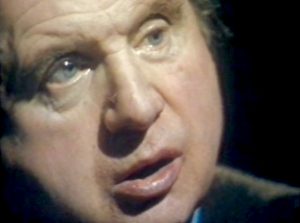
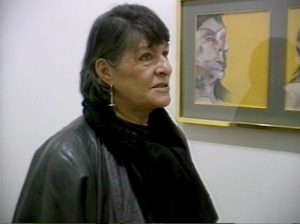
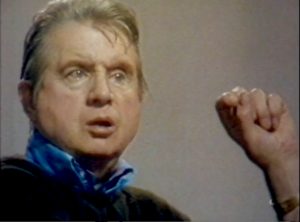
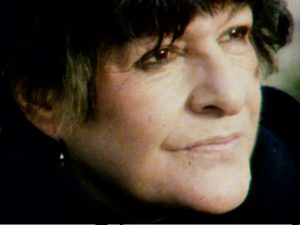
Meeting Francis Bacon in London’s Soho of the 1960s, Henrietta Moraes (1931-1999) became a close friend of Bacon’s and his most frequently painted female subject. In interview at Bacon’s exhibition of small portraits at the Marlborough Gallery, London, Henrietta describes her relationship to Francis Bacon, intercut with Francis Bacon in interview with David ; a final dialogue between model and artist.
Francis Bacon in Paris

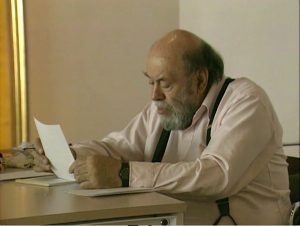
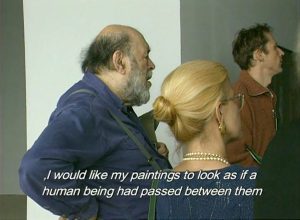
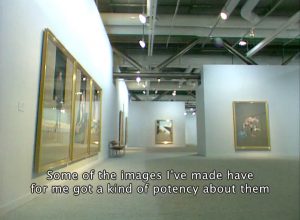
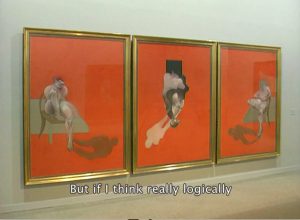
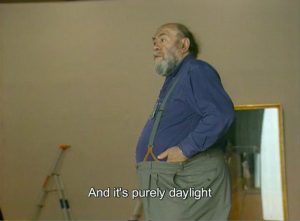
David Sylvester, close friend and interviewer of Francis Bacon, hangs the Francis Bacon retrospective exhibition at the Centre Pompidou in 1996, four years after the artist’s death. Accompanying David Sylvester through the hanging of the show, Francis Bacon talks us through the works in his own words, from private conversations and previously unpublished interviews with David Sylvester from the 1970s, forming a final posthumous dialogue between artist and critic. An exhibition that was a testimony both to their lasting friendship and to Bacon’s supremacy as a painter, is staged in Paris, where Francis Bacon first decided to paint and David Sylvester first started writing. This film was made by Martha Parsey with the generous support and in collaboration with David Sylvester.
About Martha Parsey
Martha Parsey studied Fine Art and Film at Central St Martins College of Art, the University of the Arts London, the University of the Arts Berlin and the German Film and Television Academy. Her films on Francis Bacon, screened at the ICA and Hayward Gallery, London, the Centre Pompidou, Paris, Haus der Kunst, Munich and at Ordovas Gallery, New York, formed a lasting friendship and collaboration with the art critic and interviewer David Sylvester. Shortlisted for the Lexmark European Art Prize and the Sovereign European Art Prize, her paintings have been exhibited widely in the UK, Europe and the US, with her work in a number of prestigous collections including the Ovitz Family Collection, the Zabludowicz Collection and the Musée National d’art Moderne, Paris.
All enquiries and for a press text please contact us by email
